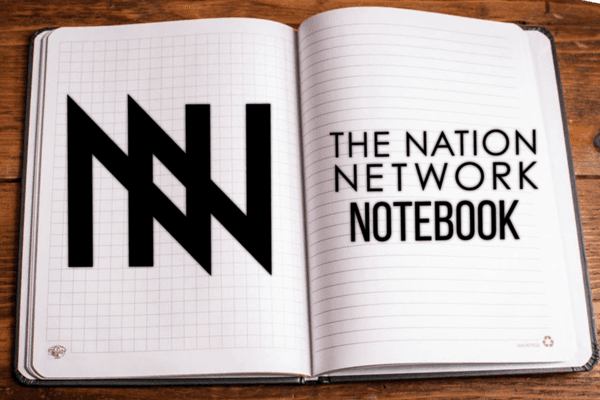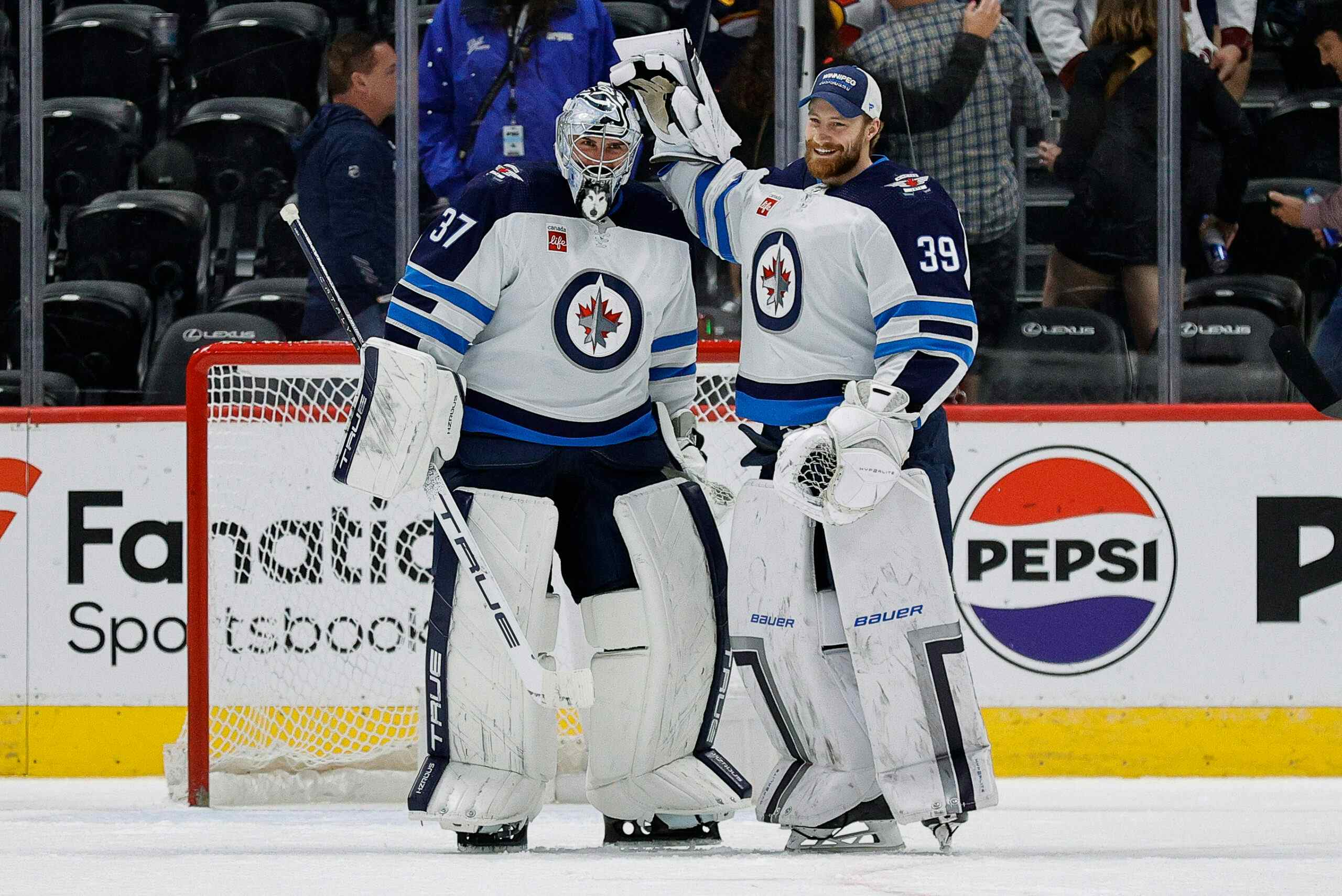The Nation Notebook: Free Agency, Who’s Left, and Price Extension

The Nation Network Notebook is a regular feature that rounds up interesting news, stories, and rumours from around the NHL that don’t quite deserve their own article.
The first couple days of free agency have passed. Are there too many no-trade and no-move clauses on long contracts? Are NHL teams finally wising up in free agency? There aren’t a lot of big names left, but a lot of interesting players remain who can definitely help some teams. Carey Price owns Montreal.
Can Free Agency be better?
Like the NHL draft and the trade deadline, free agency is one of the best times of the year for hockey fans. Fans love roster movement, so it’s easy to get excited whenever there are any sorts of trades, signings, or buyouts. With that in mind, do we need to talk about free agency?
Kevin Shattenkirk was the top guy this year, and he signed a sweetheart deal to go to the New York Rangers. Otherwise, the top scoring forward available was a 36-year-old Radim Vrbata, followed by Alexander Radulov and Sam Gagner. Those are all useful players, but a far cry from the star players you see make it to market in other sports like basketball. Joe Thornton switching teams would have been interesting, but he ended up returning to San Jose. Steven Stamkos was set to be the biggest free agent in forever last summer, but re-signed with Tampa Bay before July 1st.
The NBA is a different animal since they have a soft salary capped compared to the NHL’s hard cap. Their max contract length is four and five years depending if a team carries a player’s Bird rights, which allows a team to to exceed the cap for a player already on it’s roster. The NHL has already limited contract lengths to seven and eight years, but reducing it further could encourage roster movement, although it might increase cap hits at the same time.
Limiting the amount of no-trade or no-move clauses could be another way to inject some life into what’s becoming a less active NHL offseason every year. The NBA offseason is wild, and even non-basketball fans can marvel at the excitement of each signing and trade. The NHL currently has over 150 players with some sort of no-trade or no-move clause in their contract according to NHLNumbers. That’s to be expected when you’re signing Patrick Kane and Sidney Crosby, but how did Matt Moulson and Brandon Sutter obtain them? Every mediocre free agent now has one to go along withe their buyout-proof contact, but what if a team could only hand out three to four of them at once?
The NHL is already on track for another lockout in 2022. Agents are designing contracts so their players receive all the money via signing bonuses for 2020 season, so they don’t lose any to a potential work stoppage.
The offseason should be a time of moves and activity. Every hockey fan collectively lost their mind when Taylor Hall and P.K. Subban were traded within 23 minutes of each other last year on June 29th, oh yeah, then Steven Stamkos decided to re-sign as well. The NHL needs more of that, but that becomes difficult when contracts are so long with so many no-trade and no-move clauses.
Reasonable Contracts?!
The contracts handed out on July 1st were… surprisingly reasonable? Montreal will still probably regret giving Karl Alzner that much term and money, same with Nashville and Nick Bonino, but these are only five and four year deals respectively.
Joe Thornton and Kevin Shattenkirk broke the $6 million dollar threshold in terms of cap hit, but Thornton’s contract is only for a year, while Shattenkirk took a discount at $6.65 million and four years. Shattenkirk could have easily broken $7 million and seven years, but clearly wanted to play for the Rangers.
There were some sketchy contracts still. Dmitry Kulikov got $4.3 million for three years from Winnipeg, but three years is manageable if he doesn’t bounce back from injury.
Who’s left?
Andrei Markov and Alex Radulov are the biggest names still out there. Andrei Markov might be looking for a new home after Montreal signed Karl Alzner. Jaromir Jagr isn’t going back to Florida, but still wants to play according to his tweets.
Francois Beauchemin could help a team in a reduced role. Cody Franson is a useful player. Same with Thomas Vanek.
The majority of the big names are gone, but there is still value to be found in the names remaining. No team is going to remake their forwards or defense with these players, but Markov or Radulov could easily help a good team for the right price.
Price Extension
Speaking of reasonable contracts, Carey Price just became one of the top paid players in hockey. The Canadiens extended price for eight years at $10.5 million per year. This will take Price from age 31 to 39.
The closest comparable is Henrik Lundqvist‘s seven-year deal at $8.5 million per year. Montreal is betting hard that Price will still be close to what he is now in the future, but the Lundqvist signing shows that might not be the case. Lundqvist was in the midst of his fifth straight .920 save percentage season when he signed and would deliver two more after that before dropping to .910 last season. Maybe it’s a down year and he’ll return to form, but he’s also 35 and players can drop off significantly around that age.
But what’s the alternative for Montreal? He’s their franchise player and if they didn’t give him this contract he probably makes it to free agency and gets it from someone else. That doesn’t justify the signing but shows their limited options.
It’s also difficult to devote 14% of the cap to a goalie, but star players are going to get paid regardless of their position. Maybe Montreal could have sold high on price and looked for cheaper alternatives, but I’m guessing that wouldn’t have gone over well.
Recent articles from Christian Pagnani





